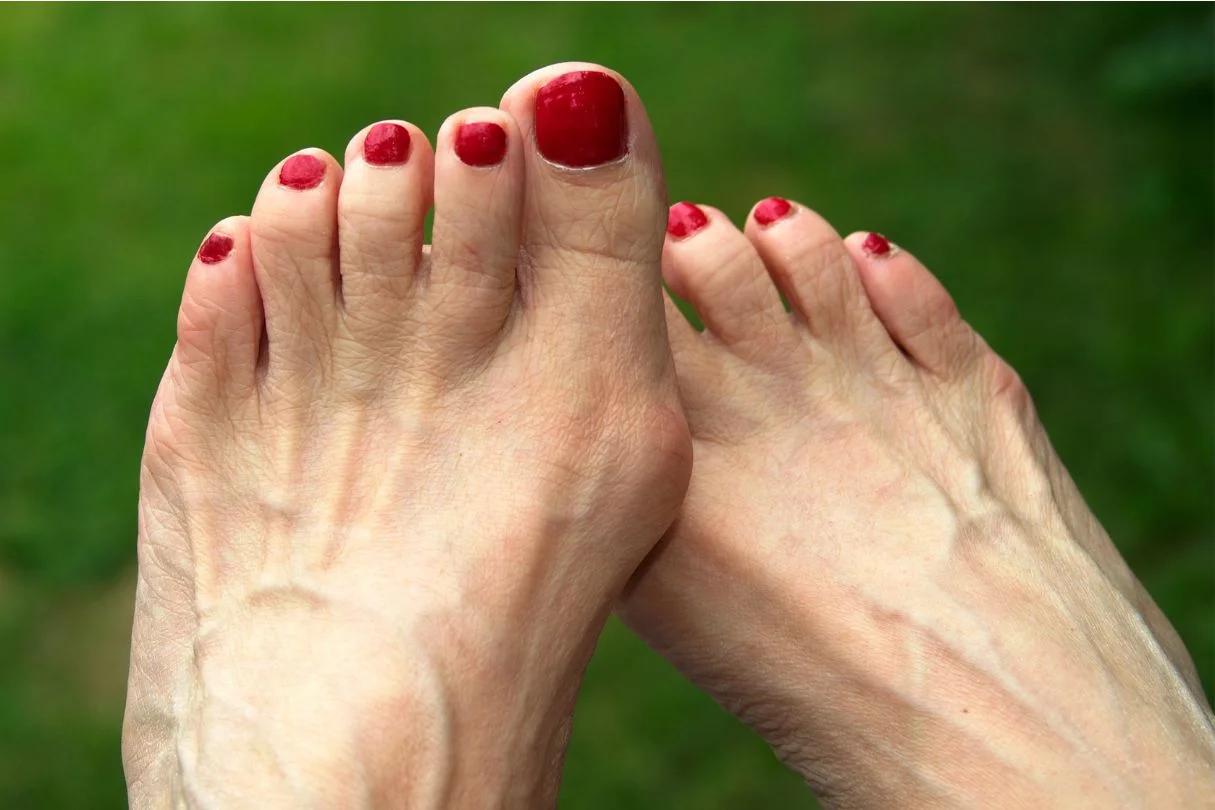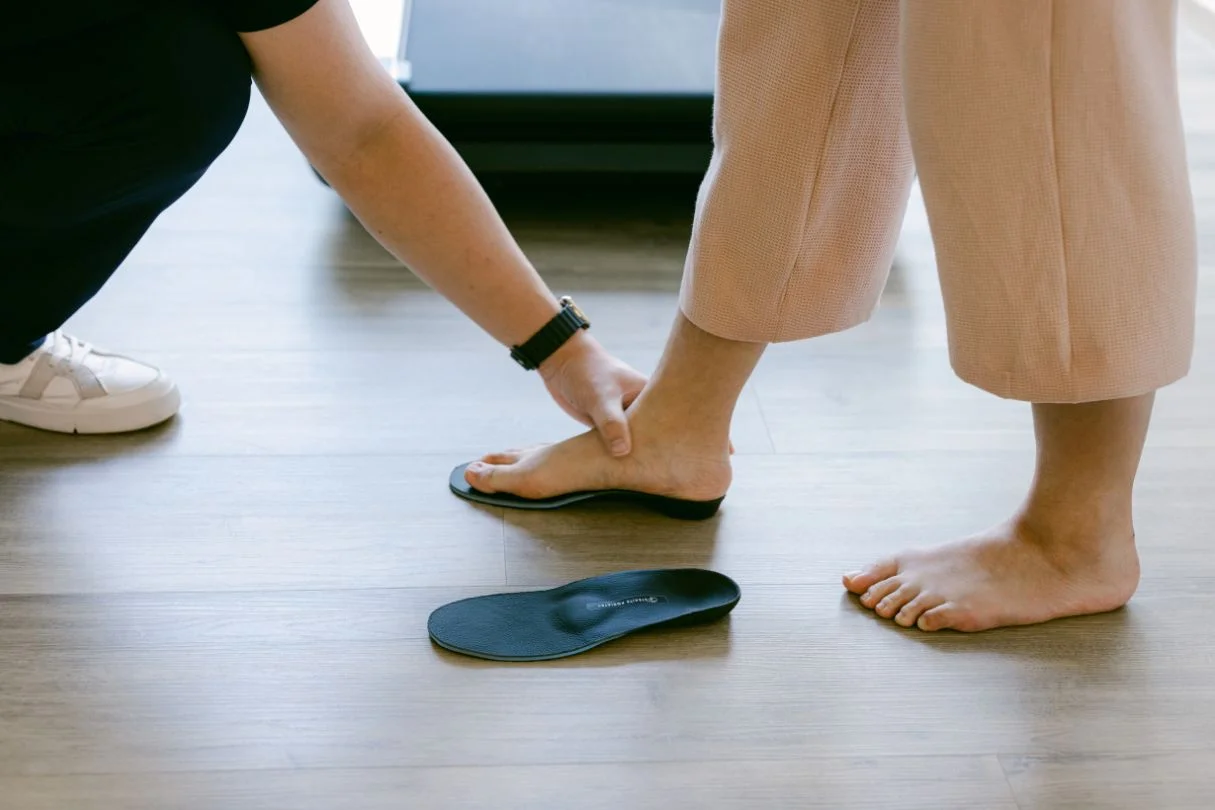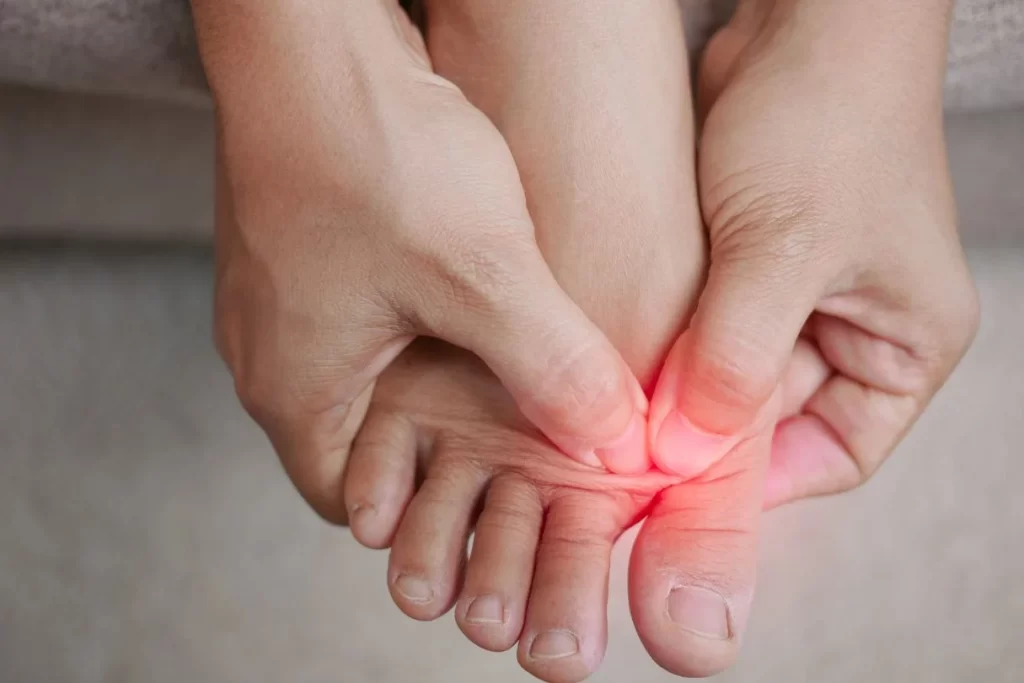A toe pain may sound like a minor issue, but it can be a significant nuisance that disrupts your daily life. It can even make a simple, enjoyable activity like morning walking in the park impossible. You might also find yourself limping with every step or wearing your shoes so carefully to avoid that pain. At this stage, most of you are definitely wondering what could cause so much pain to your toes. Therefore, in this article, we will list some common causes behind your nagging toe pain and provide simple management and prevention strategies that you can try. Understanding various causes of toe pain will allow you to seek help at the right time and receive appropriate treatment.
Top 5 Common Causes of Toe Pain
Toe pain can arise from many root causes, and their symptoms vary depending on the diagnosis. One of the most common causes is arthritis, which is joint inflammation and stiffness due to degeneration. Toe arthritis often results in discomfort during movement, commonly affecting the big toe joint.
Another common cause is a bunion, an abnormal bony bump that forms at the base of the big toe. Bunions can make wearing covered shoes uncomfortable and lead to chronic pain if left untreated.
Sports injuries or trauma can inflict damage on your toes, too. Fractures or sprains occur more often than you might think, especially among active individuals. The usual trauma we commonly see is a turf toe, the big toe joint sprain, usually from kicking against a hard surface.
Besides the bone and joint, the culprit for your toe pain could be the nails. Ingrown toenails are notorious for causing sharp pain when they grow into the skin instead of straight out. This condition may also result in redness, swelling, and infection around the affected area.
Lastly, conditions like gout bring sudden intense pain due to uric acid buildup in joint spaces. The pain can be so extreme that even a blanket touching the toe could wake you up from sleep. Each cause requires attention for proper management and relief.

Symptoms
Toe pain can manifest in various ways, and recognising the symptoms is crucial for effective treatment. Most conditions will give you a sharp or throbbing pain that makes walking uncomfortable.
Swelling around the toe joint also often accompanies this discomfort. The area may feel warm to the touch, indicating inflammation.
Another common symptom is stiffness, which can make bending or straightening your toes difficult. This could be accompanied by a tingling sensation or numbness—hallmark symptoms of Morton’s neuroma.
If you notice any discoloration—like redness or bruising—it’s a sign that something isn’t right. In some cases, blisters or calluses may also develop due to friction from shoes.
If you find it hard to walk without limping, it is time to pay attention to these signals from your body. Ignoring them or “walking it off” might lead to more significant issues down the line.
Toe Pain Treatment
Treatment for toe pain often starts with rest. Giving your toes a break can help reduce inflammation and discomfort. Consider elevating your feet to ease pressure as well.
Ice is another simple yet effective remedy. Applying an ice pack wrapped in a cloth can minimise swelling and numb the pain. Aim for 15-20 minutes at a time, several times a day.
For more persistent issues, over-the-counter pain relievers may provide short-term relief. However, taking these over a prolonged period is not ideal and is a sign to tell you to seek medical help.
If you have bunions or corns, special pads or orthotic devices can alleviate pressure on painful areas. Wearing comfortable shoes that fit well will also make a significant difference. A trained Podiatrist can guide and help you.
Exercise and stretching can be beneficial, too. Focus on exercises that strengthen foot muscles and improve flexibility. This approach aids recovery while preventing future problems from arising.
If the above methods do not provide sufficient toe pain relief, consider seeking proper treatment. Shockwave therapy is an effective option to manage the pain and stimulate natural recovery. Wearing a pair of prescription customised insoles will also be beneficial if the root cause of your pain is your foot posture and gait pattern.

Prevention
Preventing toe pains starts with choosing the right footwear for your feet. Choose shoes that provide adequate support and a comfortable fit. Avoid high heels or overly tight styles that can compress your toes.
Regular foot stretching exercises can enhance flexibility and strength. Exercises such as toe curls or ball rolling can help maintain healthy foot function.
Maintaining a healthy weight can help prevent excessive pressure on your feet, reducing the risk of developing foot injuries.
Exercise caution when performing activities that strain your toes. Always wear the right footwear designed for the activity that you are participating.
Lastly, listen to your body. If you feel discomfort during certain activities, take breaks and adjust as needed to avoid further issues down the line.
When to Seek Medical Attention?
If you have been suffering from toe pain for weeks, you should seek help. Pay close attention to your toes and monitor for any swelling, redness, or warmth around the affected area. These could indicate an infection or other severe conditions.
Seek medical attention immediately if you notice any unusual symptoms, such as severe pain that doesn’t improve with rest, difficulty walking or bearing weight on your foot, or visible deformities in your toes. A Podiatrist can assess, diagnose, and provide a management plan tailored to your needs.
Being proactive about managing your toe pain will not only alleviate your current discomfort, but will also help prevent potential further complications. Don’t hesitate to consult our Podiatrist today for peace of mind and effective care when needed.




